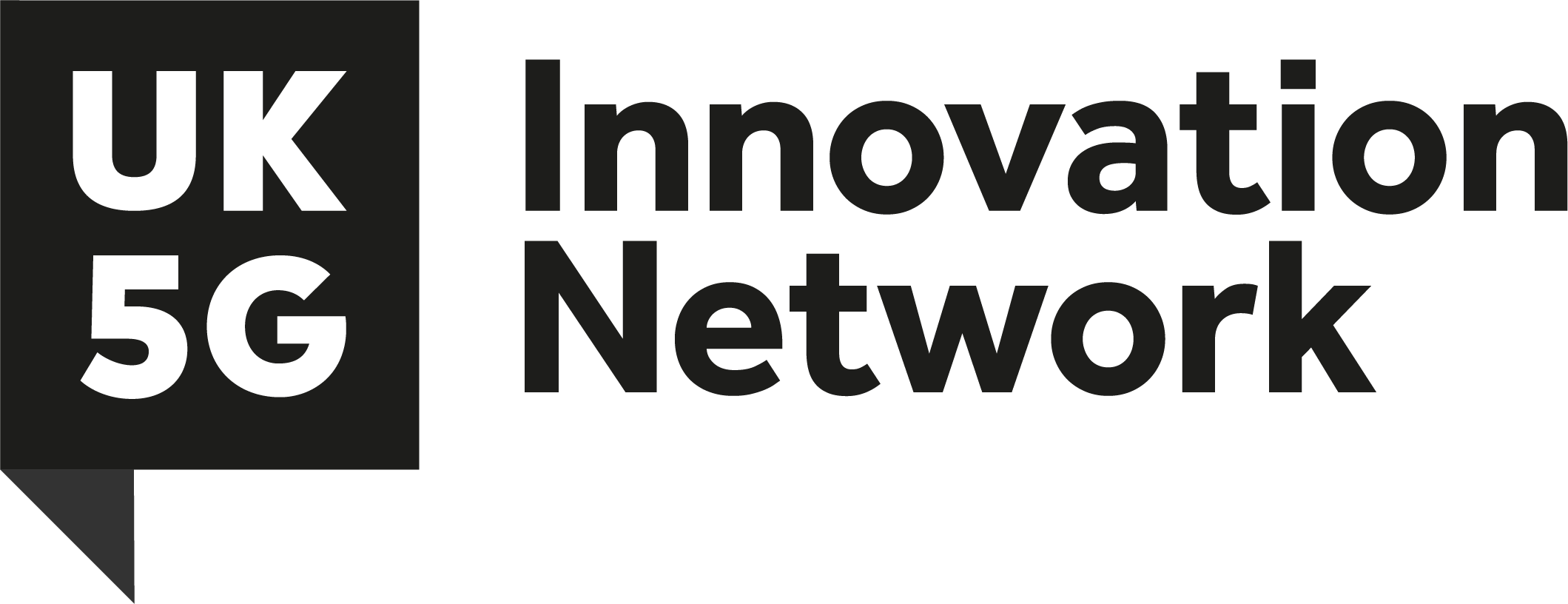Standing proud on the southern edge of South Walls in Orkney is the Cantick Head Lighthouse. At 22 metres tall, it cuts a serene white shape against the Orcadian hills that lie behind it. Its flashing bulb has offered caution to passing ships since 1858.
Today though, the lighthouse is taking on a new role.
Dotted around the island are a number of houses that currently remain unconnected to the internet – and to the world’s digital economy.
In such a beautiful location, the erection of a traditional radio mast would be nothing short of an eyesore. And regardless, most smaller operators who might be serving more remote areas like Orkney are priced out of the radio spectrum as it’s bought up for large sums by the bigger operators.
So how do you connect an area as isolated as this?
Perhaps fittingly, the answer lies in the very thing the Cantick Head Lighthouse was first installed to provide: light.
An infrared source on the lighthouse is connected to a microwave backhaul link, which connects the lighthouse to the Orkney mainland. Sensors mounted on the roofs of the surrounding buildings – as part of a solar panel -are able to receive this signal and then, via cabling, transmit into the houses using LiFi. By combining pureLiFi photodetectors with solar panelling on buildings, this use case explores the potential of LiFi to merge industries blending not just lighting with communication, but also energy supply.
In this way, the lighthouse both replaces the need for an unsightly radio mast, and avoids the costs incurred by bidding for radio spectrum.
5G RuralFirst partners – including pureLiFi, the University of Edinburgh, and CloudNet – are pioneering this new approach to connectivity to connect people and communities in Orkney for the first time.
The process isn’t without its challenges, however, as the team battle with propagation issues brought on by cloud and rain in the area.
But the benefits to the community are more than worth any struggle.
Connecting people to the internet for the first time opens up new opportunities for involvement in the global digital economy, whether that means being able to buy and sell goods online or run small digital business from the islands, to the social aspects of connectivity enabled by social media and real-time video communications.
The technology also introduces new ways to conduct public services in the area, potentially revolutionising how things like health and social care can be delivered.
You may ask: “What has this use case got to do with 5G?” Strictly speaking, this use case doesn’t fall within the textbook definition of 5G. However, in the real world, in the 5G RuralFirst project, we are increasingly learning that 5G is more than just 5G New Radio and 5G Core technologies. For us, “real world 5G” includes 5G Ecosystems and what we call “5G New Thinking”.
With our innovative 5G ecosystem and our focus on bringing new approaches to solve old problems (“5G New Thinking”), a simple GP consultation, for instance, can now be conducted over video link, rather than requiring a journey by plane or boat – a boat journey which, once upon a time, may have been lit by the very same lighthouse that’s lighting up communities with connectivity today.
In a nutshell, this blog post summarises exactly what the 5G RuralFirst project is doing: connecting people with new technology, new opportunities, and a new way of life, and providing a global platform for our innovative partners to showcase their technologies, products and “5G New Thinking”.
Finally, if you want to learn more about 5G RuralFirst, pureLiFi and the innovative approach discussed here, please do visit the 5G RuralFirst area on the Cisco stand in Hall 3 at Stand 3E30 and pureLiFi in Hall 7 Stand 7B75 at Mobile World Congress 2019 in Barcelona 25 – 28 February 2019. In particular, look out for pureLiFi demonstrating Gigabit LiFi!


